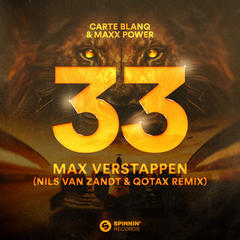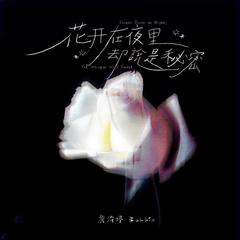Dimitri Tiomkin
by Hal EricksonIt was once considered cute by Hollywood wits to poke fun at Russian-born composer Dimitri Tiomkin's borscht-flavored accent. How amusing it was to hear him yell out "Switt lyand of lyaberty!" while orchestrating "The Star Spangled Banner" for Frank Capra's Mr. Smith Goes to Washington (1939). A graduate of the St. Petersburg Academy (where he studied under the famed composer Glazunov) and a holder of both a law and music degree, Tiomkin exhibited a fondness for Native American music early in his career. While a touring concert pianist, it was Tiomkin who was most instrumental in introducing the works of Gershwin to Europe. Tiomkin left Russia for the U.S. in 1925, becoming an American citizen 12 years later and making his conducting debut with the L.A. Philharmonic in 1938. Most of his first compositions for American consumption were live ballets (his wife was choreographer Albertina Raasch); he didn't start working in films until 1933. With Lost Horizon (1937), Tiomkin began a long association with director Frank Capra, which unfortunately ended in bitterness due to artistic clashes on the set of It's a Wonderful Life (1946). Though jukebox acceptance was probably never a priority with Tiomkin, he was responsible for several Top Ten hit songs, all of which originated in his film scores: "Do Not Forsake Me" from High Noon (1952), the whistled main theme from The High and the Mighty (1954), the credit music from Friendly Persuasion (1956), and "Green Leaves of Summer" from The Alamo (1960), among others. The winner of five Academy Awards (among many other international honors), Tiomkin remained active in films until 1970, the year that he produced, directed, and orchestrated the U.S./Soviet co-production Tschaikovsky.


 Giant Theme - Dimitri Tiomkin
Giant Theme - Dimitri Tiomkin
























 Hug - RIIZE
Hug - RIIZE